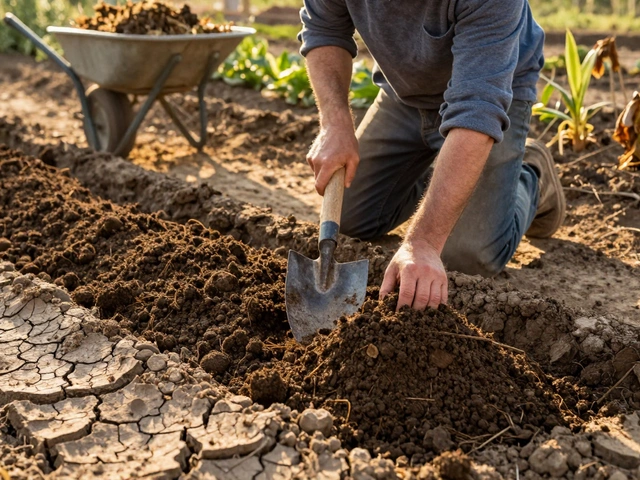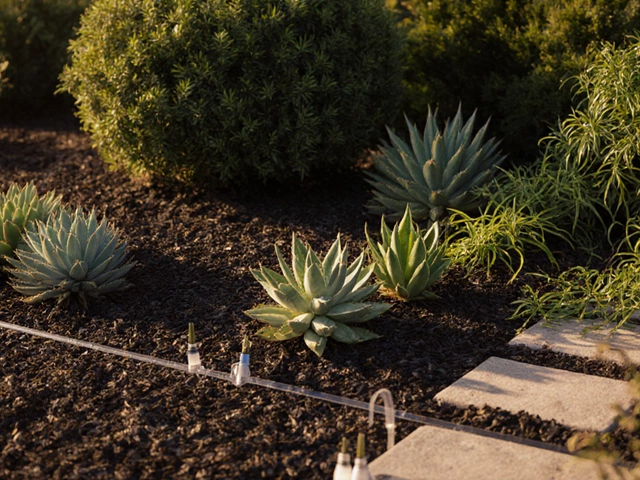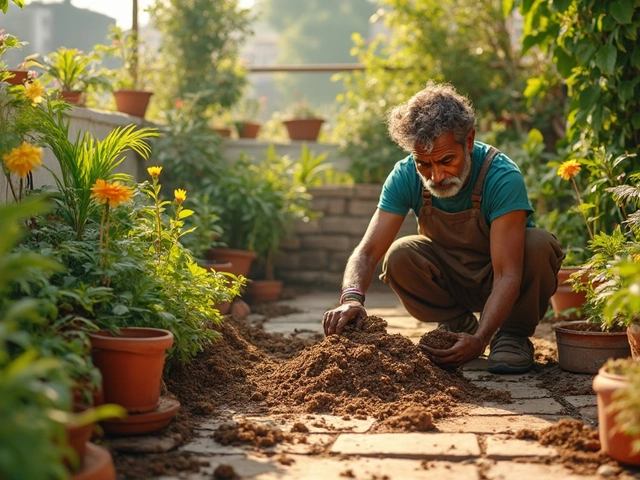India Tea Plant: Growing Tips for Indian Gardens
Ever thought about sipping tea straight from your own backyard? The India tea plant can thrive in many Indian climates if you know the basics. In this guide you’ll get practical steps to pick the right variety, prep the soil, water correctly, and keep pests at bay.
Choosing the Right Variety
First, pick a tea type that matches your region. Assam varieties love hot, humid conditions and do best in the northeast. Darjeeling types prefer cooler, misty hills, while Nilgiri plants enjoy moderate temperatures and a bit of shade. Look for certified nursery stock; a healthy nursery plant saves you time later.
When you buy, check the root ball. It should be firm, with white roots visible and no brown, mushy spots. A healthy root system means the plant will settle faster after planting.
Care and Maintenance
Prepare the planting hole about three times wider than the root ball and the same depth. Mix garden compost with a little sand for drainage – tea plants dislike waterlogged soil. After placing the plant, backfill gently and press the soil to remove air pockets.
Watering is key. Give the tea plant a deep soak right after planting, then keep the soil moist but not soggy. In the first year, water twice a week during summer and once a week in milder months. Using rainwater or filtered tap water helps avoid chlorine build‑up, which can stress the roots.
Mulching with straw or leaf litter conserves moisture and adds organic matter. Spread a 2‑3 cm layer around the base, keeping it a few centimeters away from the stem to prevent rot.
Pruning keeps the bush productive. In early spring, cut back about one‑third of old stems to encourage new shoots. New shoots are the ones you’ll harvest for tea leaves. Aim for shoots that are 5‑10 cm long; these give the best flavor.
Pests rarely cause major damage, but watch for tea mosquito bugs and aphids. A quick spray of neem oil works well and is safe for the plant. If you notice yellowing leaves, check soil pH – tea prefers slightly acidic soil (pH 4.5‑5.5). Adding pine needles or peat moss can lower the pH.
Harvesting starts after the plant is two years old. Pick the top two leaves and the bud – this is called the “flush.” Do it in the early morning when the leaves are cool. After harvesting, let the leaves wither for a few hours before drying them in a shaded, ventilated area.
Finally, keep a simple record of planting dates, varieties, and harvest yields. Over time you’ll see which varieties perform best in your micro‑climate and can adjust care accordingly.
With these steps, the India tea plant can become a rewarding part of your garden. You’ll enjoy fresh tea, save money, and add a fragrant, evergreen shrub to your landscape. Ready to plant? Grab a nursery plant, follow the soil prep, and watch your tea garden grow.
What Plant is India Famous For? Tea, Spices & More Icons Explained
Curious about the plant that put India on the global map? Explore India's legendary tea, the spice story, and the deep roots of famous native plants.
About
Gardening
Latest Posts


Best Low‑Maintenance Garden Ideas for Sustainable Living
By Alden Thorne Oct 21, 2025

Should You Use Landscape Fabric Under Raised Beds?
By Alden Thorne Mar 1, 2025

Best Garden Tool Brands on the Market
By Alden Thorne Oct 15, 2025
